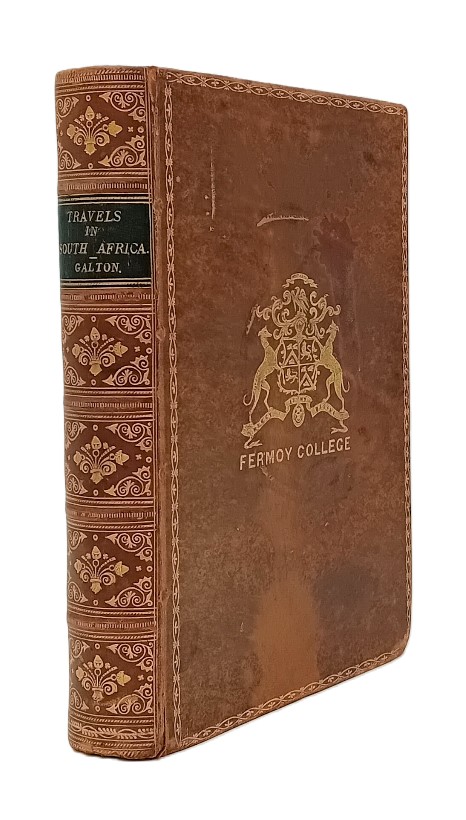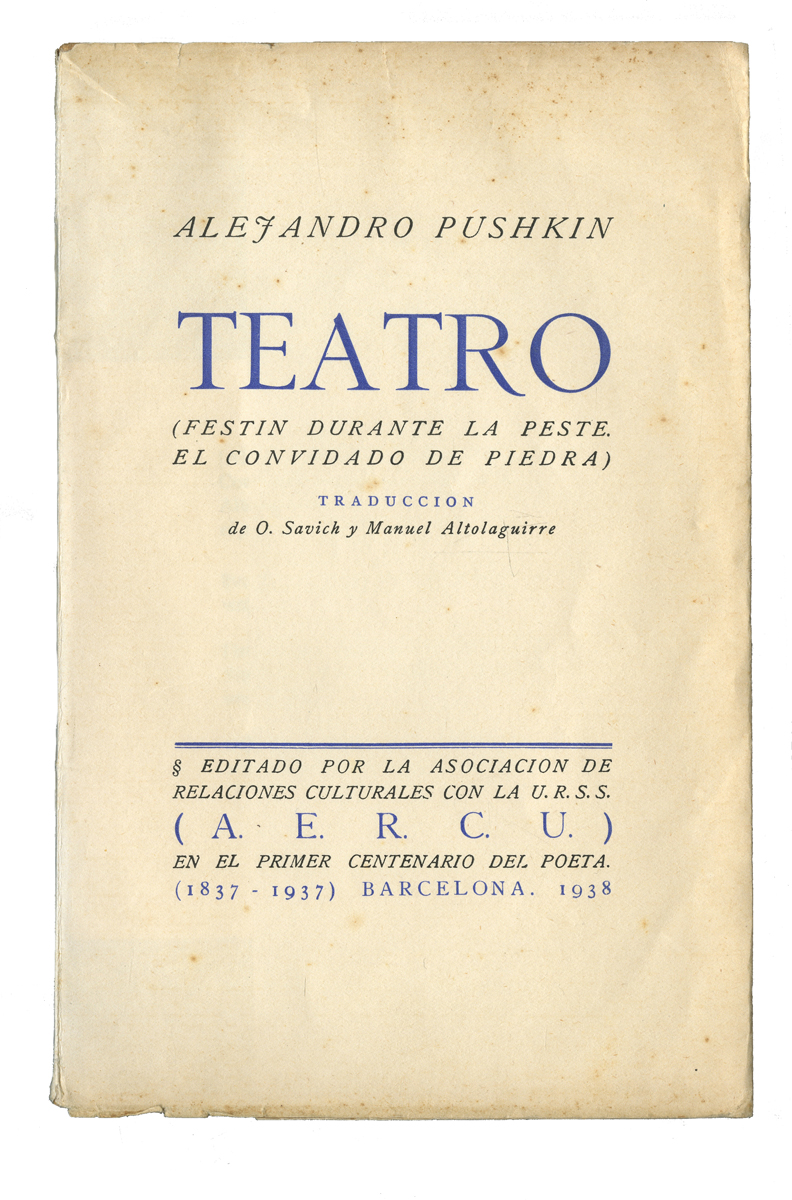
‘very reliable’
GALTON, Francis.
Narrative of an explorer in tropical South Africa being an account of a visit to Damaraland in 1851 … Also vacation tours in 1860 and 1861 …
London, New York, and Melbourne, Ward, Locke and Co., 1889.
8vo, pp. xviii, [2], 320; with half-title, frontispiece portrait of the author, 7 further plates, and 7 illustrations in text; very occasional light foxing; very good in contemporary calf, gilt border to covers, spine richly gilt with lettering-piece, marbled edges and endpapers; some rubbing to extremities and covers; arms of Fermoy College in gilt to upper cover and prize label to front pastedown, armorial bookplate of Colonel R.H. Cutbill.

Added to your basket:
Narrative of an explorer in tropical South Africa being an account of a visit to Damaraland in 1851 … Also vacation tours in 1860 and 1861 …
Second revised edition, issued in ‘The Minerva Library of Famous Books’ series, recounting Francis Galton’s 1851 explorations in present-day South Africa and Namibia, together with an updated appendix on the history of Damaraland and the narrative of three ‘Vacation Tours’ to Spain, Palestine, and Garibaldi’s Naples in 1860-61.
A relative of Charles Darwin (through Darwin’s grandfather Erasmus), Galton came into a fortune upon the death of his father and spent the hard-earned cash hunting around his country estate and exploring Africa. His first trip occurred in 1845-6, travelling down the Nile to Khartoum before proceeding to Beirut, Damascus, and along the river Jordan. In 1850, following a five-year period of largely aimless (in)activity, he decided to pursue exploration more committedly: teaming up with Carl Johan Andersson, a young Swedish naturalist whom he had met in London, Galton set off for Cape Town with the intention of reaching Lake Ngami, recently discovered by Livingstone. Forced to change plans due to the ‘threatening attitude adopted by the emigrant Boers’, the duo instead resolved to go by sea to Walvisch Bay, which they reached in August 1850. In the course of the next year or so, Galton and his Swedish companion explored the area which now belongs to Namibia: memorable episodes include Galton’s confrontation (clad in an ‘impressive red hunting coat’ (Howgego G2)) with the powerful Hottentot chief Jonker Afrikaner (then on the warpath), their expedition northwards into Ovampoland accompanied by more than 100 livestock (including 75 oxen), and their final surge eastwards to Lake Ngami (now accompanied by only a single local guide): they eventually managed to penetrate as far as Tounobis, on the border of modern Botswana.
Galton returned to England in January 1852 and first published an account of his travels in 1853: for his achievements he was also awarded the silver medal from the Royal Geographical Society. The present copy is a second edition dating from 1889, and also contains extracts recounting travels by Galton and his friends to northern Spain, Palestine, and Naples in the year of Garibaldi’s invasion. Mendelssohn describes the account of Galton’s African exploration as ‘very reliable’.
Provenance: presented as a prize (‘for class marks’) to R.H. Cutbill, a student of Fermoy College in County Cork, Ireland. The book may well have inflamed Cutbill’s passion to visit southern Africa, for he joined the Matabeleland Mounted Police in 1896 and served in the Matabele and Second Boer War. In later years he saw action in the First World War and was awarded the Croix de Chevalier from the French government and the CMG and DSO from the British; he made colonel in 1925. It is not clear whether he took on board the school motto emblazoned on the armorial bookplate, ‘Mercy is my desire’.
Mendelssohn I, p. 585 (first edition).

